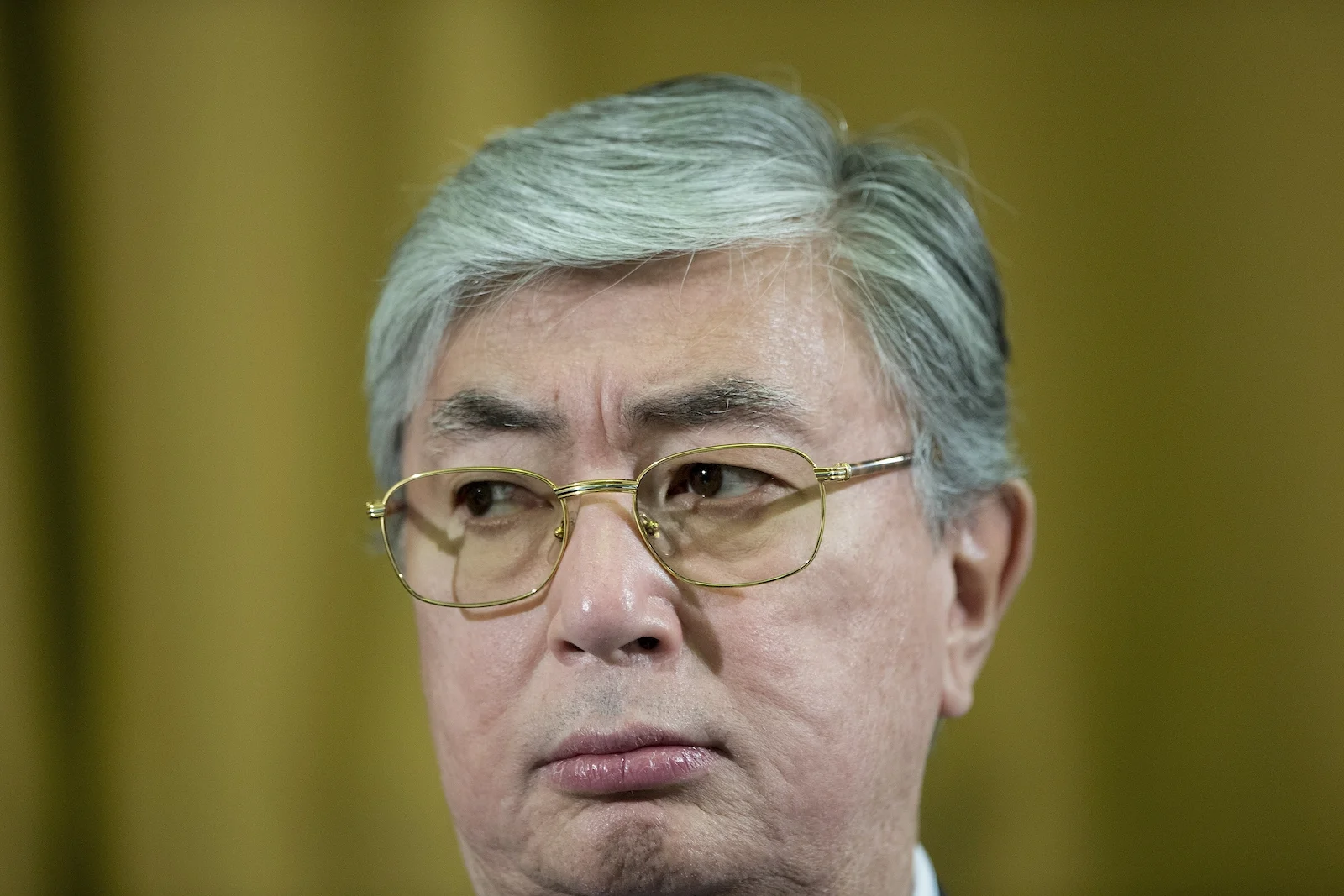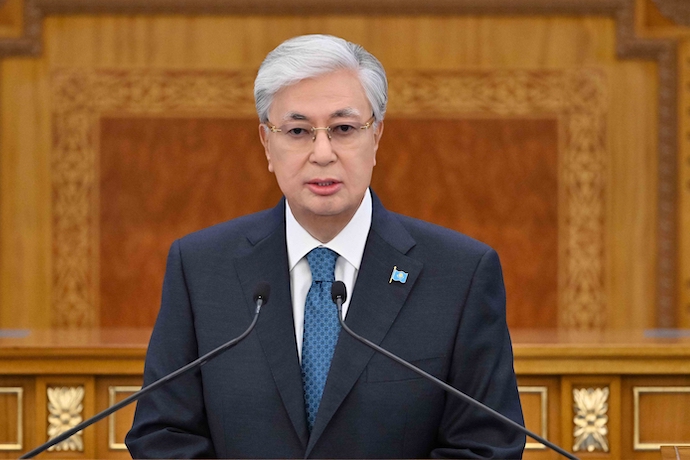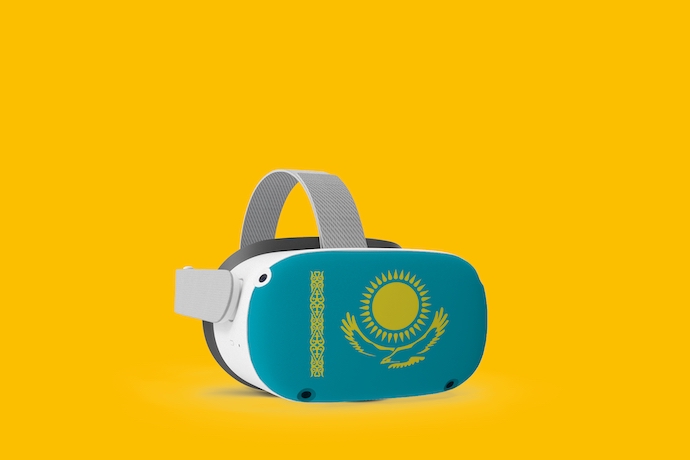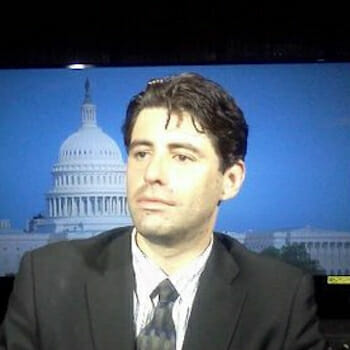
Kazakhstan 2.0: Tokayev’s High-Speed Bid to Digitize a Petrostate
The 80th session of the United Nations General Assembly is over, and the familiar churn of speeches will fuel analysts for weeks. But Astana isn’t waiting on New York.
In his State of the Nation address, President Kassym-Jomart Tokayev set out a domestic agenda for the second half of the decade—an attempt to steer Kazakhstan through a volatile era by marrying digital transformation with targeted investment and institutional reform. “The world has entered a new historical era,” he warned, one that will test governments that fail to adapt.
If Tokayev’s speech had a single leitmotif, it was technology—and, more pointedly, what it can do for ordinary citizens. His headline promise is audacious: turn Kazakhstan into a “fully digital nation” within three years. That ambition undergirds a spread of initiatives, from a model “smart city” to AI-driven resource mapping and cleaner coal.
The most emblematic experiment is the Alatau City Project, pitched as Central Asia’s first fully digital city. In Tokayev’s telling, Alatau will showcase smart-city tools and even enable crypto payments for goods and services. The plan dovetails with a broader mandate for ministries: to digitize geological data, build modern, data-rich maps of mineral resources, and apply advanced technologies to reduce the carbon footprint of coal. For a state whose economy still leans heavily on extraction, the message is less about abandoning those sectors than about dragging them into the 21st century.

Kazakhstan’s geography complicates everything. It’s among the world’s largest countries by landmass but home to only about 20 million people, many of them young and intensely mobile-first. Connectivity, then, is the spine of the program. Earlier this year, Digital Development Minister Zhaslan Madiyev set a concrete benchmark: 100 percent mobile Internet coverage along all national and regional roads by 2027, with nationwide 5G by 2026. The pledge is more than vanity metrics. If realized, it would underpin everything from tele-governance to logistics and unmanned transport, a sector Kazakhstan hopes to court by creating favorable testbeds and deployment regimes.
On paper, the country starts from a respectable base. The United Nations’ 2024 E-Government Survey ranks Kazakhstan 24th globally—just behind Israel and ahead of Turkey—suggesting that the state’s digital interfaces are no longer an afterthought. But better portals do not automatically yield better governance. Tokayev’s recurring phrase—a “listening state”—is a tacit acknowledgment that e-government must deepen participation and due process, not simply streamline payments and permits. If feedback tools and service delivery migrate online, the real test will be whether they become more intuitive, inclusive, and transparent for a public (especially outside major cities) that has reason to be wary of distant bureaucracy.
The economy is where aspiration collides with path dependence. Kazakhstan remains a global heavyweight in energy and mining, exporting uranium, coal, and rare earth elements, and sitting on ample oil and gas reserves. Europe, hungry for non-Russian energy, has become a critical customer. The Trans-Caspian International Transport Route—the Middle Corridor—now ferries goods and fuel from Central Asia across the Caspian and the Caucasus to Europe, a deliberately Russia-bypassing artery that has only grown in salience since 2022.
Diversification, however, is the unfinished business of every speech and strategy document. Agriculture, manufacturing, and higher-end technology remain underdeveloped relative to Kazakhstan’s ambitions. Special economic zones—15 in total—have produced a mixed record. Branding vehicles such as the Astana International Financial Centre and Kazakh Invest have raised the country’s profile as a safe, rules-bound destination. However, the investment base still tilts toward hydrocarbons and metals. Tokayev aims to shift that balance: increasing capital investment in manufacturing, offering preferential terms for genuinely high-tech ventures, and setting a hard target to launch at least three producers of advanced goods within three years. The thrust is liberalizing but pragmatic—“there is no need to create a new ministry,” he said pointedly—paired with a review of tax incentives to prioritize projects that are economically significant and financially sound.
 Foreign policy frames the domestic push, even when it stays in the background. A year after then-President Joe Biden convened the five Central Asian leaders for a first-ever C5+1 presidential summit, the second Trump administration has signaled friendly intent toward the region, including a September call with Tokayev and a headline $4.2 billion rail sale—offset by lingering uncertainty over U.S. tariffs that sweep in Kazakhstan along with the rest of Central Asia and much of the world.
Foreign policy frames the domestic push, even when it stays in the background. A year after then-President Joe Biden convened the five Central Asian leaders for a first-ever C5+1 presidential summit, the second Trump administration has signaled friendly intent toward the region, including a September call with Tokayev and a headline $4.2 billion rail sale—offset by lingering uncertainty over U.S. tariffs that sweep in Kazakhstan along with the rest of Central Asia and much of the world.
Europe has also been attentive: Italian Prime Minister Giorgia Meloni traveled to Astana in late May for the inaugural Central Asia–Italy summit. And China’s commercial footprint continues to expand, with Tokayev touting multibillion-dollar deals signed during a recent visit—including investment tied to the Alatau City Project. In this mosaic, Washington still receives favorable mention—Tokayev praised the “actively developing” dialogue with the United States and the deepening of ties with the European Union—but the subtext is clear: Kazakhstan will continue to maximize options across multiple poles of power.
The most politically delicate plank of Tokayev’s agenda is institutional. He has revived a plan to move from a bicameral legislature—today’s Senate and Mäjilis—to a unicameral parliament, with a referendum targeted for 2027 and follow-on constitutional amendments if voters assent. The idea sits uneasily with a broader international mood that has recently trended in the opposite direction; Peru, for instance, voted in 2024 to restore a second chamber after decades without one. Kazakhstan itself amended its Constitution via referendum in June 2022, and the lingering debate over those changes—substantive architecture or cosmetic modernization?—still shadows any new reform.
Unicameralism carries trade-offs that deserve a more thorough examination than a single speech can provide. The case for it—simpler procedures, faster lawmaking, lower costs, more precise lines of accountability—is not trivial in a vast, sparsely populated country trying to move at digital speed. The case against—fewer veto points, greater risk of majoritarian overreach or capture, and the loss of a chamber that can slow bad ideas—also has bite. The reforms will ultimately be judged by whether they leave citizens more empowered and better served. Anything else is theater.
Strip away the set pieces, and Tokayev’s message is consistent: domestic modernization first, diplomacy as a force multiplier. The state aims to digitize services, wire the country end-to-end, and harness AI in the commanding heights of the economy; to coax capital into manufacturing and high-tech production; to curb bureaucratic sprawl while using targeted incentives to lure serious investors; and to re-engineer the legislature in the name of efficiency and accountability. None of this is conceptually new. What’s new is the velocity—“fully digitized” within three years—and the willingness to tie political reform to a broader theory of how Kazakhstan jumps from version 1.0 to 2.0 in the AI era.
That is a bold promise. Delivering it will require more than dashboards and pilot zones. It will require the difficult, quotidian work of protecting e-citizens’ rights, normalizing transparent feedback loops, and proving that the dividends of digitization accrue beyond Almaty and Astana. If the coming referendum and the tech build-out ultimately serve the public first, the project may yet earn its hype. If not, Kazakhstan risks an elegantly designed interface overlaying the same old operating system.
